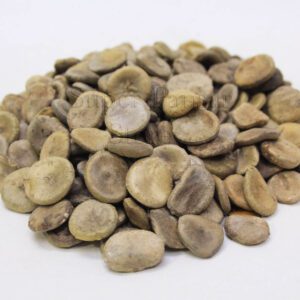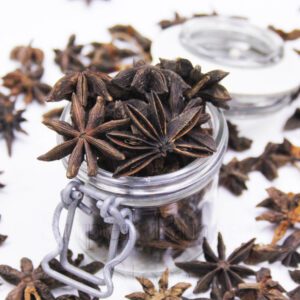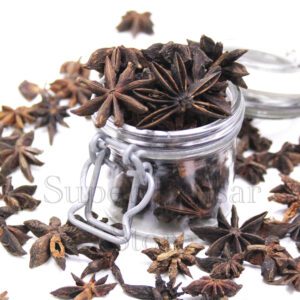Overview
The Aleppo oak, scientifically known as Quercus infectoria or Quercus boissieri, is a species of oak tree native to the Mediterranean region, including parts of southern Europe, the Middle East۔
Benefits
Tannins and Astringent Properties:
Aleppo oak bark and leaves contain tannins, which are polyphenolic compounds known for their astringent properties.
Tannins have the ability to tighten and tone tissues, making them historically valuable for certain medicinal uses.
Traditional Medicine:
Aleppo oak extracts are used for their astringent and antiseptic properties in traditional medicine.
Doctors believe astringency can be helpful in treating wounds and diarrhea.
Galls for Ink Production:
Aleppo oak galls, which are abnormal growths induced by insects, have been historically used for the production of ink.
The galls contain high levels of tannic acid, which reacts with iron salts to create a dark pigment suitable for ink.
Dental Uses:
Some traditional practices use Aleppo oak to treat oral health due to its astringent properties.
Tannins can help reduce inflammation and provide a soothing effect.
Wound Healing:
The astringent and antiseptic properties of Aleppo oak have led to its use in traditional wound healing practices.
Aleppo oak extracts and preparations are believed to assist in wound care.
Additional information
| Form | Whole (ثابت), Grounded (کٹی ہوئی), Powder (پسا ہوا) |
|---|---|
| Weight | 50 Grams, 100 Grams, 250 Grams, 500 Grams, 1000 Grams |















